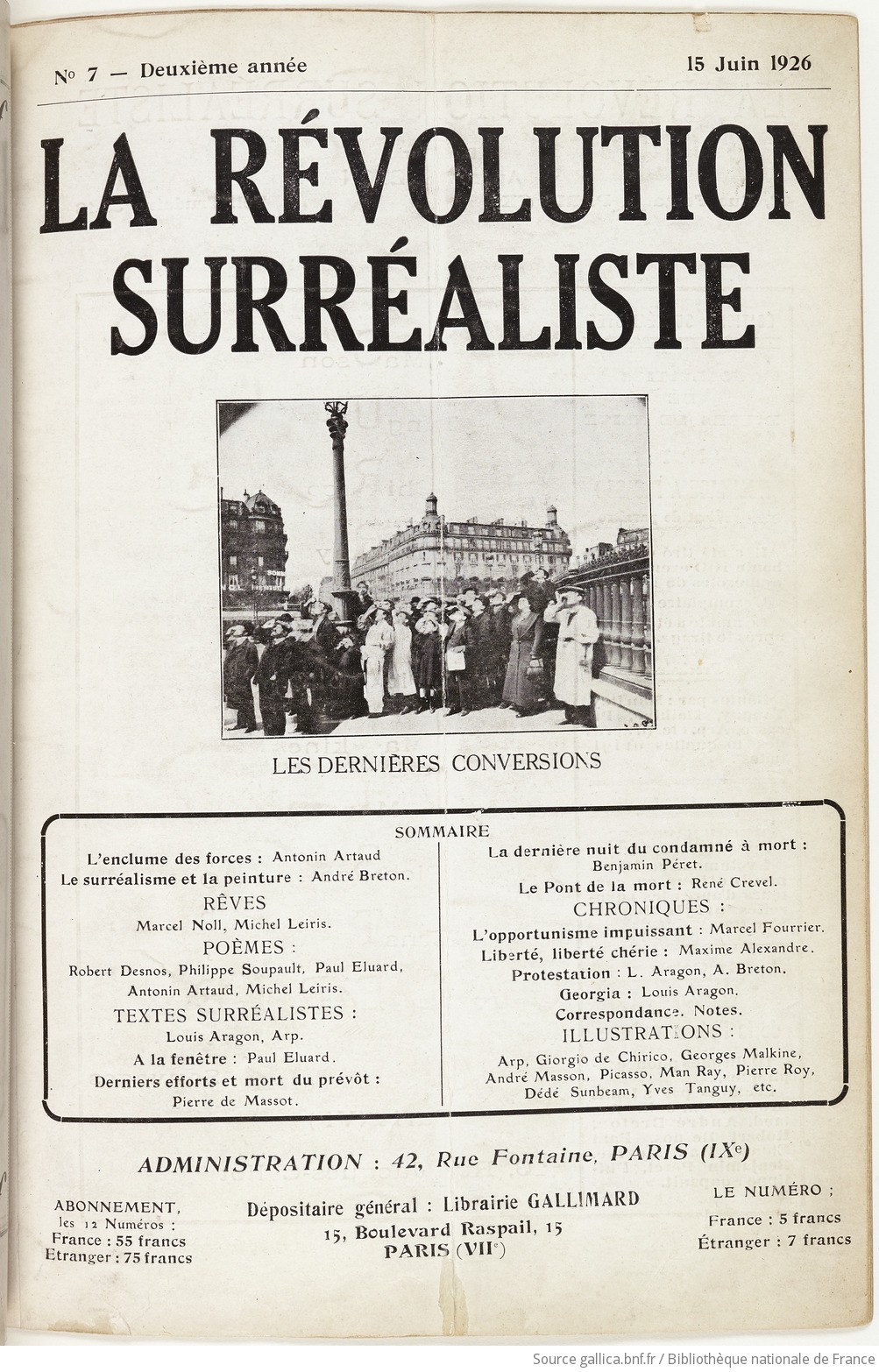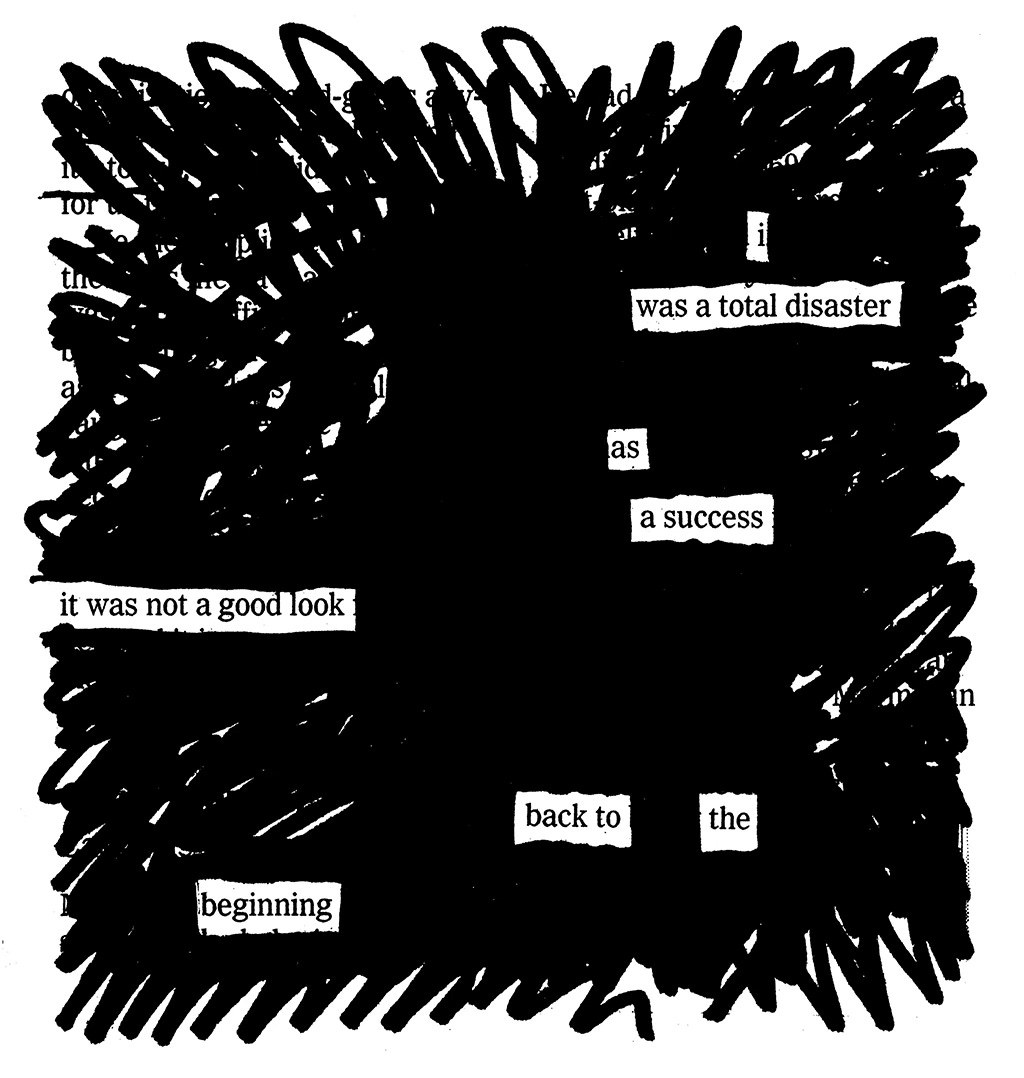Been spinning this a lot lately. I really like what I wrote about this record for the 31 perfect records project back in 2020:
I played Kraftwerk’s “The Robots” for my son Owen when he was 4 years old, and he became completely obsessed with the band. Kraftwerk, it turns out, is perfect music for little kids: they wrote simple, beautiful melodies to repetitive, exciting beats and they sang about real things that kids can understand, things like roads, radios, trains, robots, computers, and bicycles. For a while, Owen and I were going to the record store every week to buy a new Kraftwerk album. Owen never wanted vinyl, he only wanted CDs: He could handle them in his little fingers, and he could skip the tracks easily. Radio-Activity a record that often gets overlooked, but shows Kraftwerk, in some ways, at their most pure: it was their first fully electronic record and it’s a record built conceptually around their weird humor and love of wordplay. (For example, on their previous record, Autobahn: “Fahr’n Fahr’n Fahr’n auf der autobahn” is a pun on The Beach Boys’ “Fun, Fun, Fun”: “fahr’n” means “driving.”) Most concept records fall apart after a few songs, but Radio-Activity holds together the whole way through, from “Radioactivity” (“Radioactivity / is in the air for you and me”) to “Airwaves,” which has surf-rock vibes (“when airwaves swing / distant voices sing”) to my favorite track, “Antenna” (“I’m the antenna / catching vibration / you’re the transmitter / give information”). Several of the song titles are puns: “Radio Stars,” for example, sounds like a song about fame, but it’s actually about pulsars and quasars. And that’s the genius of Kraftwerk: simple enough for a kid to get into, but deep enough for any age. (Of all the bummers of COVID-19, missing Kraftwerk play in Texas this summer is high up there.) Kraftwerk made at least five perfect records, but this is one that deserves and rewards more listens.









 betzistar
betzistar